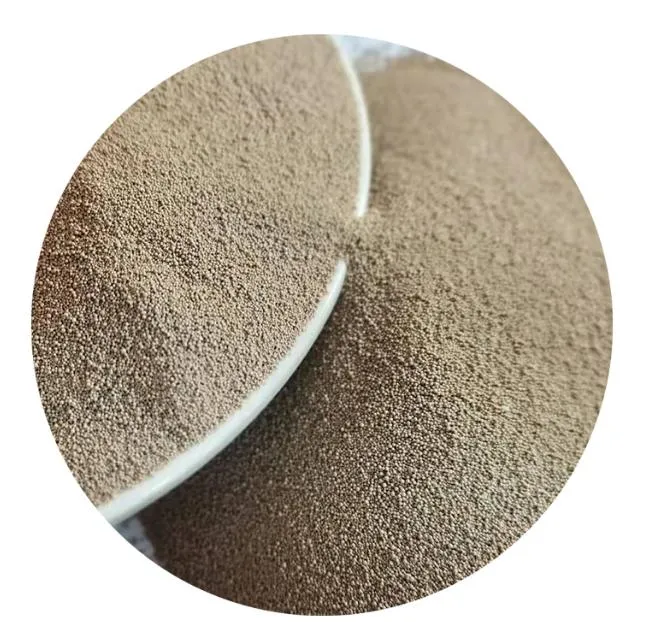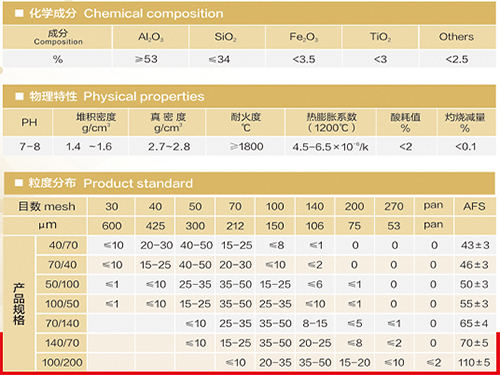

Cooling is a significant and often underestimated part of the process. The cooling must be controlled and gradual to avoid stressing the metal, which could lead to structural weaknesses or defects. Expertise in materials science is vital here to understand and mitigate these risks, ensuring a strong finished product. The final phase in the sand casting process is the breakout and finishing of the cast piece. Once cooled, the sand mold is broken away, revealing the rough cast piece. Expert craftsmanship is again required to trim excess material and finish the casting. This might involve processes such as grinding, sanding, or even precision machining to achieve the required dimensions and surface finish. In an ever-evolving industry, trustworthiness in sand casting firms hinges on their commitment to consistent quality and precision, underscored by robust quality assurance processes. The ability to certify the structural soundness of each casting through rigorous testing and quality control establishes an authoritative reputation that can be trusted by clients and stakeholders alike. Through the symbiotic blend of time-honored craftsmanship and cutting-edge technologies, sand casting continues to be a cornerstone in modern manufacturing, offering a testament to the intricate balance of art and science at the heart of this respected technique. Post time:jaan. . 14, 2025 10:29
Next:Ceramcast sand ball shape for sand casting
